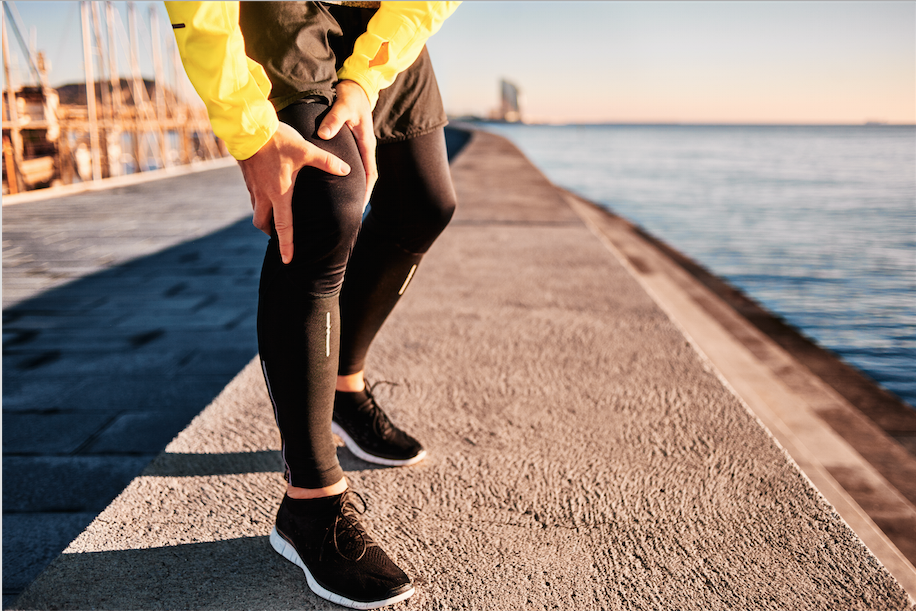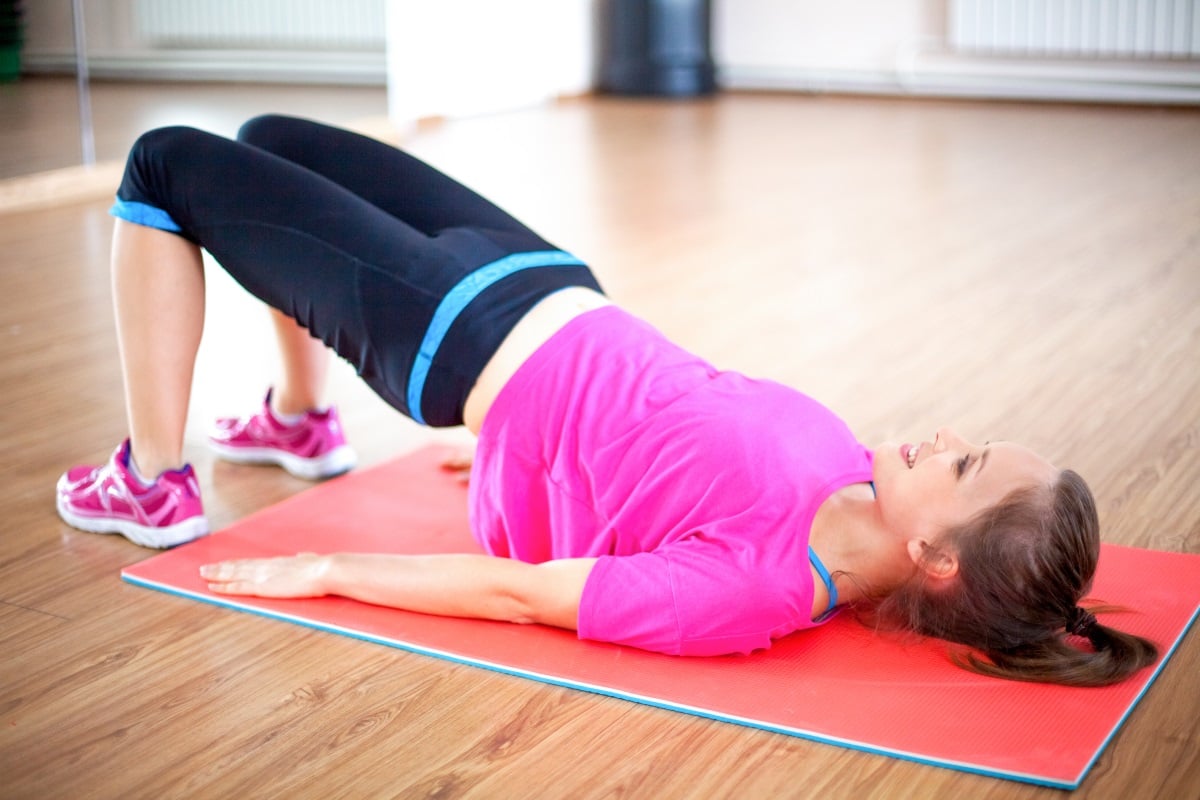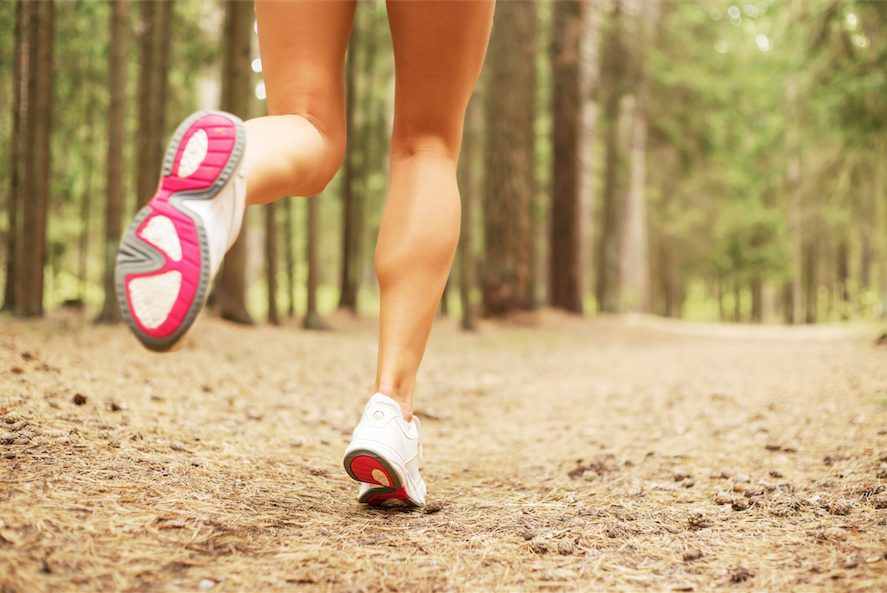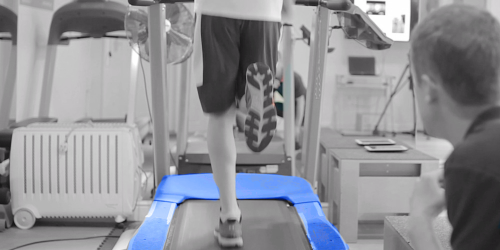Of all the body parts, the knee is one of the most commonly injured. A knee sprain occurs due to sudden stretch or tear on one or more ligaments. What are ligaments? They are tissues that hold the bones together. Their primary role is to support the knee and at the same time keep the bones and joints in the right place. They are fundamental to your ability to perform various activities such as walking, running, jumping, turning, and twisting.
A knee sprain is caused by many factors and one of them is sudden twisting of the knee joint. Twisting the knee can result from extreme actions or doing sports activity like running, sudden changes of direction, quick landing, and jumping. Over-extension of the knee can also lead to knee sprain. Some sports activities that put you at risk of knee sprain include basketball, football, skiing, and hockey.
There are certain conditions that can increase one’s susceptibility to knee sprain, such as not using the correct shoes or protective gear, not warming up or stretching before performing strenuous exercises, or a previous sprain. Signs and symptoms of knee sprain include pain or tenderness in the knee area, stiffness, swelling, bruising, a painful ‘pop’ that can be felt or heard, or a knee that buckles easily.
Click to find out more about our ‘Complete Rehabilitation'.
Most Common Knee Injuries
Runners Knee
Is characterized by noticeable pain in the front, behind, or around the knee cap. The pain occurs if you walk, bend your knee, kneel, run, or even when you get up from a chair, go downstairs, or walk downhill.
Medial Collateral ligament sprain
This type of injury is usually caused by a force that pushes the knee to the sides. It is a form of contact injury and most of the time sports-related. Basketball players are very prone to medial collateral ligament sprain.
ACL Strain/partial tear
This is also often caused by sports activities. It is a type of contact injury involving the anterior cruciate ligament. Athletes who are prone to ACL strain are those who play basketball, soccer, and football. A rapid change in direction and incorrect landing from a jump can cause injury to the anterior cruciate ligament.
Knee Injuries Treatment Options
Soft tissue treatment and Ultrasound
These treatments are commonly used in sports physiotherapy. Soft tissue treatment can be used reduce scar tissue in the ligaments. Ultrasound is used in combination with other knee injury treatments and rehabilitation. It has been in use since the 1940s and involves a soundwave that creates a micro-massage effect within the tissue. These treatment methods can promote faster healing rate, relaxation of the injured tissues, increased flow of blood, and the breakdown of scar tissues.
Exercise rehabilitation
After sustaining a knee injury or undergoing knee surgery, an exercise rehabilitation is needed. There will be an rehabilitation program that is tailored according to the type of injury and surgery sustained. Exercise rehabilitation helps you go back to your normal everyday activities and various sporting activities. Exercise rehabilitation includes a wide range of exercises. It should be performed under the strict supervision of a doctor or licensed physical therapist. The therapist will thoroughly assess your condition and will come up with an exercise rehabilitation program that suits your needs. Do not attempt to perform exercises without medical supervision as it might lead to further injury.
Bracing
A knee brace is a type of support worn around the knee to ease pain from injury. In fact, a lot of people in the sports arena wear a knee brace to protect themselves from getting injured. A knee brace can be made from a combination of various materials like elastic materials, metal, plastic, foam, and straps. It varies in terms of sizes, styles, and colors.
Knee Injuries Recovery Time
What is the ideal sprained knee recovery time? The truth of the matter is there is no definite timeframe. It depends on the type and severity of the injury.
Simple sprained knees takes about a week or two to recover from. Serious injuries requiring surgery may take several months to heal completely. However, if you sustain major traumatic knee injury, then it could take a year or longer for it to heal completely.
To speed up your recovery, you need to consult a physiotherapist for a physiotherapy session. A physio will help come up with exercise routines that are tailored to your needs. Your therapist will guide you throughout the program to make sure you are doing it right and will attain the best possible results.
Complete rehabilitation will help restore the normal movement of the joints. It strengthens not only the joints but the surrounding muscles as well. It will help ease the pain and swelling. It helps improve the circulation of blood, especially right after the surgery. In other words, it helps you go back to your pre-injured state.
Keep in mind that everyone has a unique biochemical makeup, so the treatment should be tailored to meet the individual needs. Complete rehabilitation after an injury is a must. It is your well-being that is at stake. Do not take any chances when it comes to your rehabilitation. While there are a lot of helpful resources out there, nothing beats the kind of help you can get from an experienced physiotherapist.
Addressing knee problems right away can save you from even bigger problems from occurring in the future. Feel free to book an online consultation with one of our experienced physiotherapist to ensure your full recovery and hasten your return to sports.
Click to find out more about our ‘Complete Rehabilitation'.






